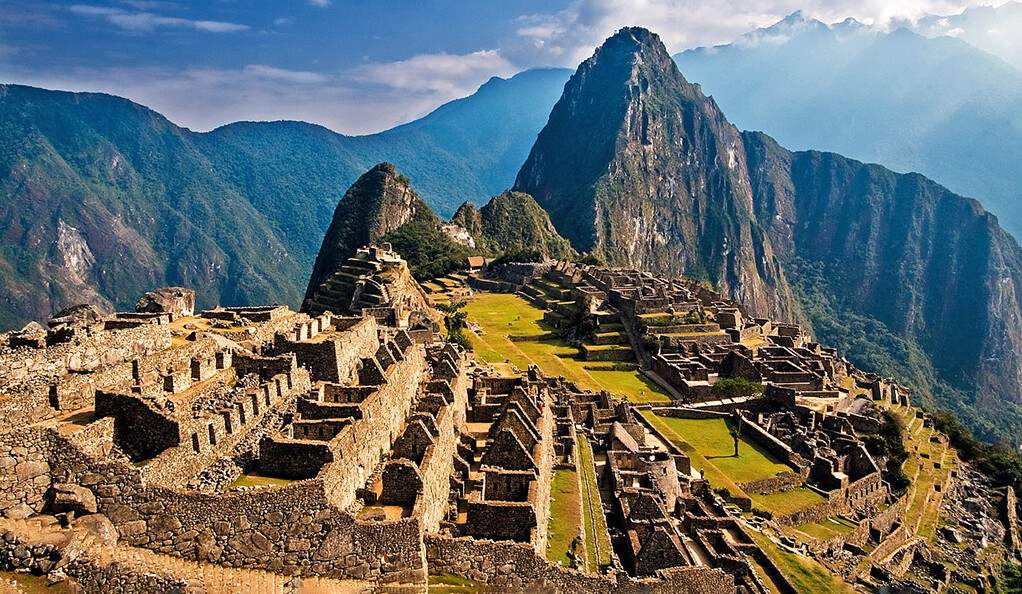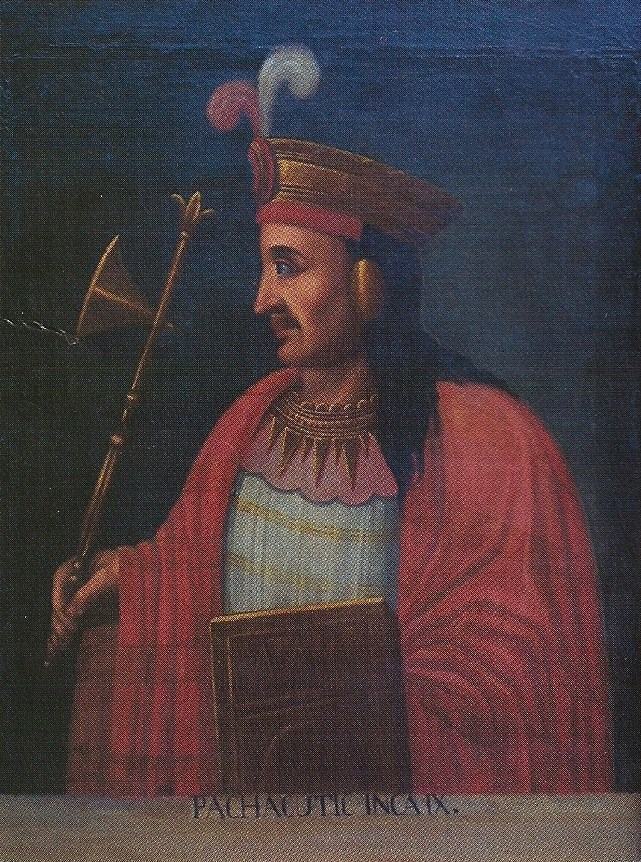According to a recent research conducted by Yale archaeologist Richard Burger, Machu Picchu, the famed 15th-century Inca monument in southern Peru, is many decades older than previously assumed.

Richard Burger and researchers from several American universities used accelerator mass spectrometry (AMS), a more advanced form of radiocarbon dating, to date human remains discovered in the early twentieth century at the monumental complex and onetime country estate of Inca Emperor Pachacuti on the eastern face of the Andes Mountains.
Their findings, published in the journal Antiquity, show that Machu Picchu was in use from approximately A.D. 1420 to A.D. 1530, ending around the time of the Spanish conquest, putting the site at least 20 years older than the accepted historical record suggests and raising questions about our understanding of Inca chronology.

According to historical accounts from the Spanish conquest of the Inca Empire, Pachacuti gained control in 1438 and later captured the lower Urubamba Valley, where Machu Picchu is located. Scholars think that the site was erected after A.D. 1440, and maybe as late as A.D. 1450, depending on how long it took Pachacuti to subjugate the region and build the stone palace.
The AMS testing shows that the historical timeframe is incorrect. “Until recently, estimations of Machu Picchu’s antiquity and length of occupation were dependent on contradicting historical records published by Spaniards following the Spanish conquest,” said Burger, the Charles J. MacCurdy Professor of Anthropology in Yale’s Faculty of Arts and Sciences. “This is the first scientific research to offer an estimate for the creation of Machu Picchu and the length of its occupation, providing us with a fuller understanding of the site’s origins and history.”
The discovery implies that Pachacuti, whose rule placed the Inca on the way to becoming pre-Columbian America’s greatest and most powerful empire, rose to power and launched his conquests decades before literary sources indicate. As a result, it has ramifications for people’s overall knowledge of Inca history, according to Burger.
“The findings imply that the concept of the Inca empire’s growth based largely on colonial documents has to be revised,” he added. “Modern radiocarbon technologies give a stronger foundation for interpreting Inca chronology than historical documents.”
The AMS method can date bones and teeth containing even trace quantities of organic material, therefore increasing the pool of remains acceptable for scientific examination. The researchers used it to examine human samples from 26 people collected from four graves at Machu Picchu in 1912 during excavations headed by Yale professor Hiram Bingham III, who had “rediscovered” the monument the year before.
According to the study, the bones and teeth utilised in the analysis belonged to retainers, or servants, assigned to the royal estate. The remains exhibit no indication of intense physical work, such as construction, indicating that they were most likely from the era when the location served as a country palace rather than while it was being built, according to the researchers.



